Tag: Berättelsefrämjandet
-
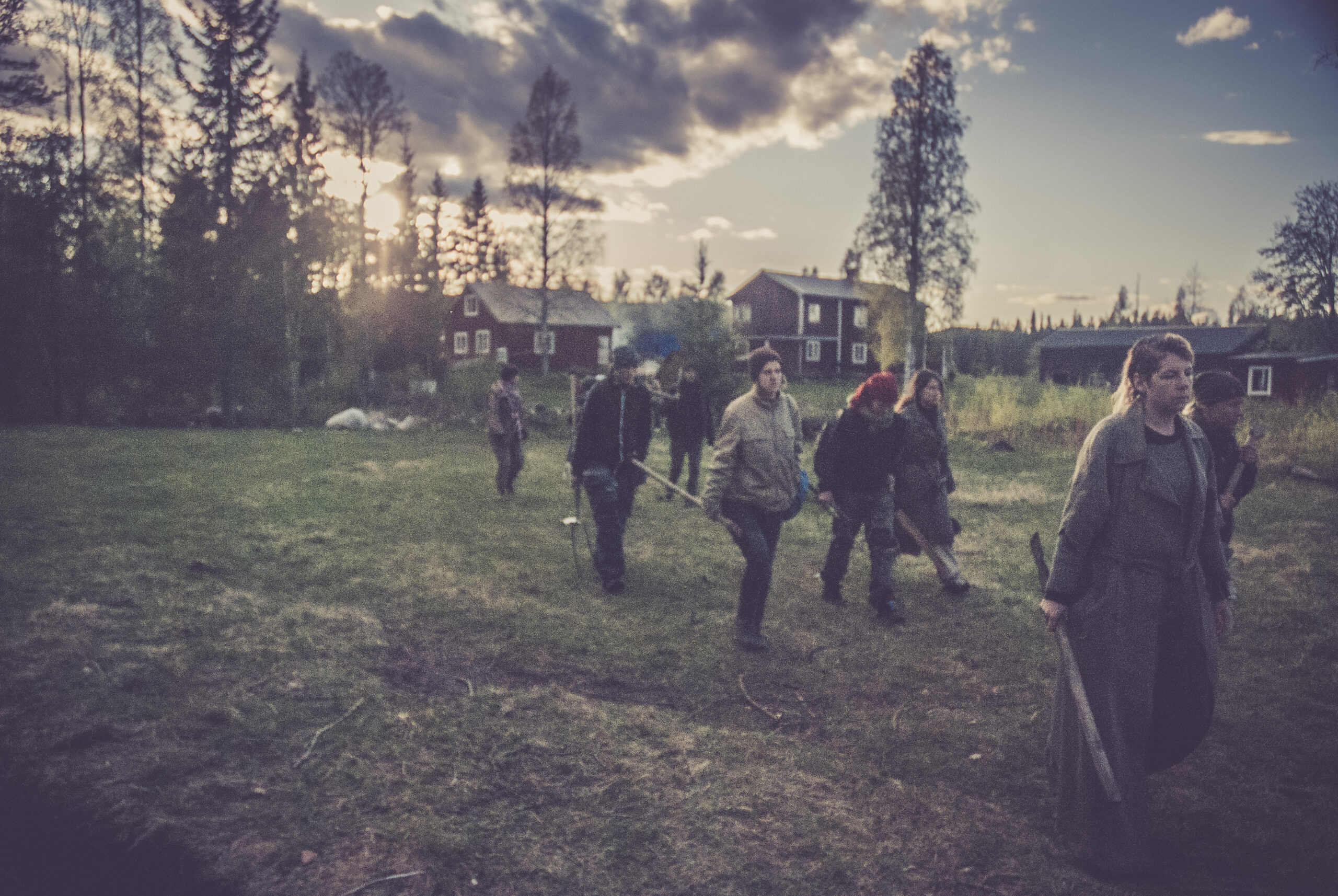
Hinterland – The Will to Survive
Hinterland was set a few years in the future: a future in which war has destroyed much of society and the infrastructure of modern civilization. Millions of Swedes now live in overcrowded refugee camps scattered around the countryside, at the mercy of ad-hoc crisis authorities, whose resources are stretched way too thin. Life in the…
-
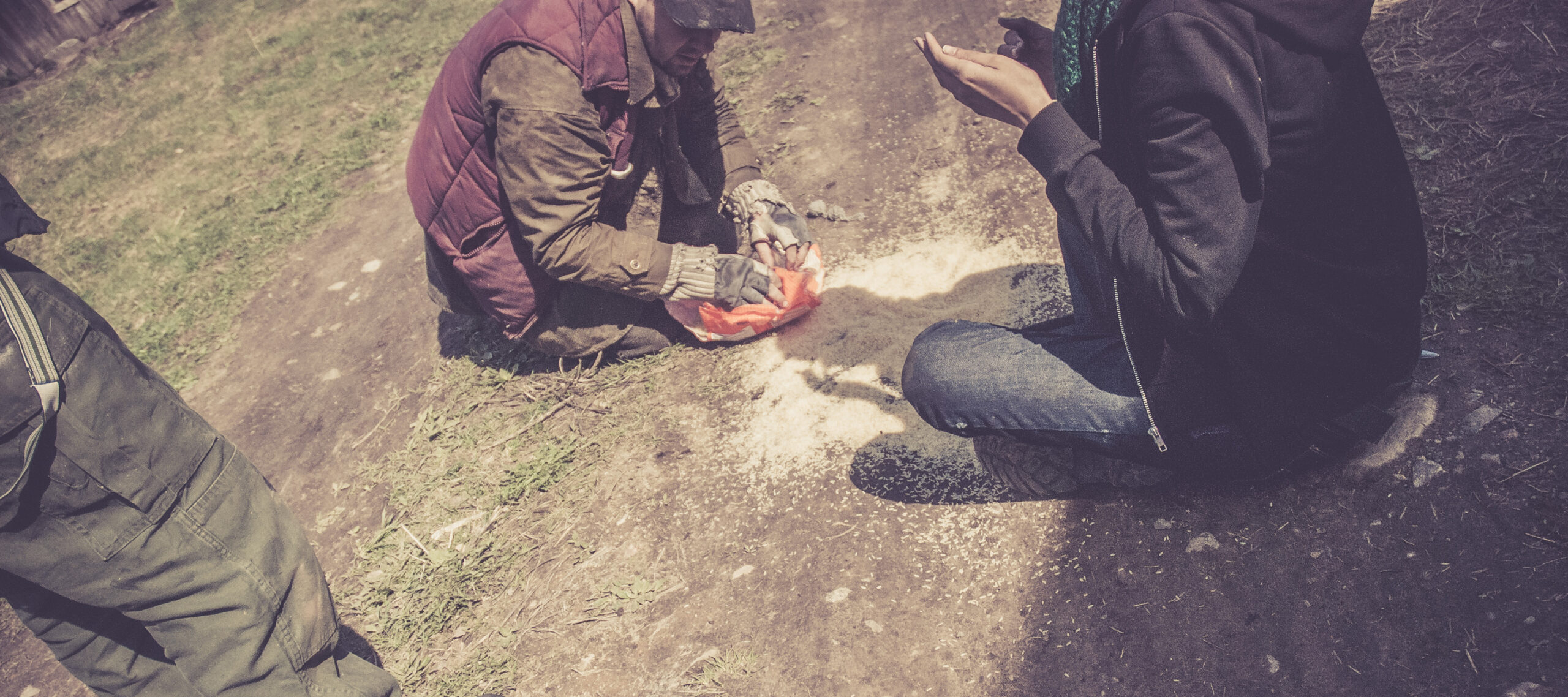
Hinterland: Playing to Really Lose
In the year 2013, the Swedish midsummer idyll is shattered to pieces when Russia suddenly attacks. A war without winners commences, followed by the deadly epidemic called Rosen (the Rose). In refugee camps around the country, tens of thousands die from starvation, violence and sickness. Three years after that first fatal bombing night, the gates
-
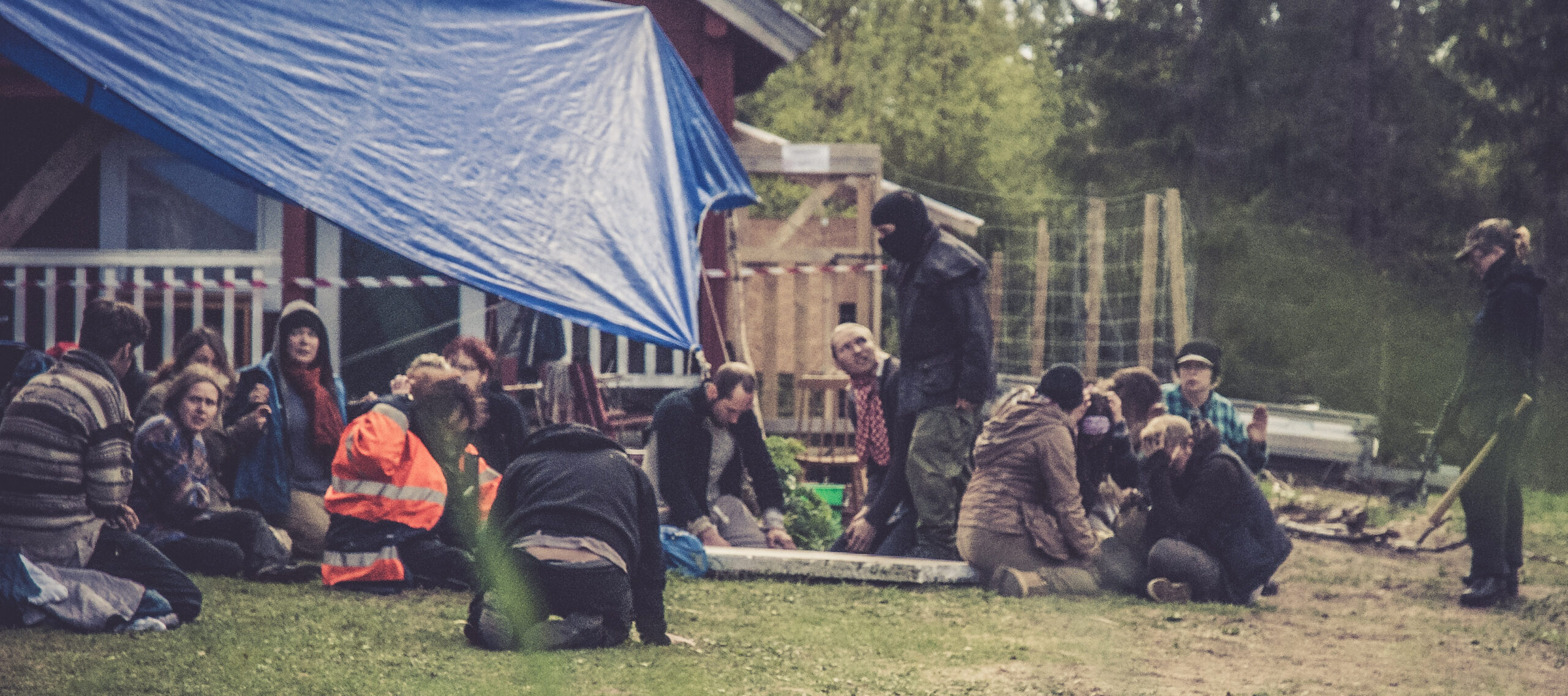
Hinterland: Design for Real Knives and Misery
Hinterland was a Swedish post-apocalyptic larp about refugees and disease. It was language-neutral, in effect meaning that people did their best to switch to whichever language was most inclusive for the players present in any given scene. What follows is my personal take as a player on some aspects of its design, and in particular…
-
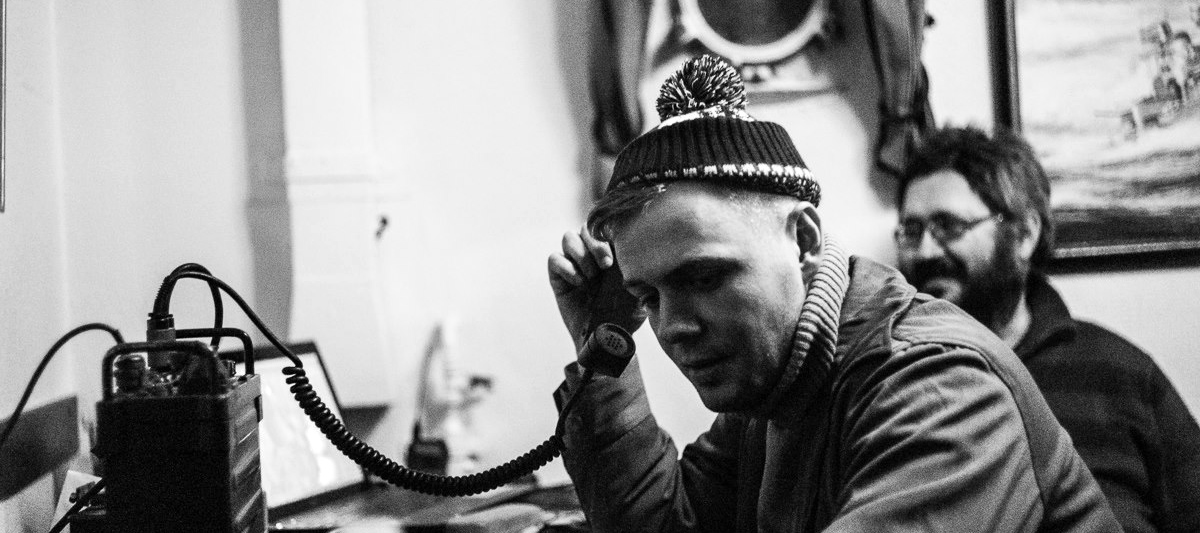
Mare Incognitum – Trapped in the Ice
The Fate of the M/S Lyckan Our story took place aboard the M/S Lyckan, a former German navy freighter with a horrific history of atrocities. A research expedition to Kirkenes in Norway had unearthed a strange statuette, which was brought on board during M/S Lyckan’s last journey out of Kirkenes for the winter. Aboard were
-
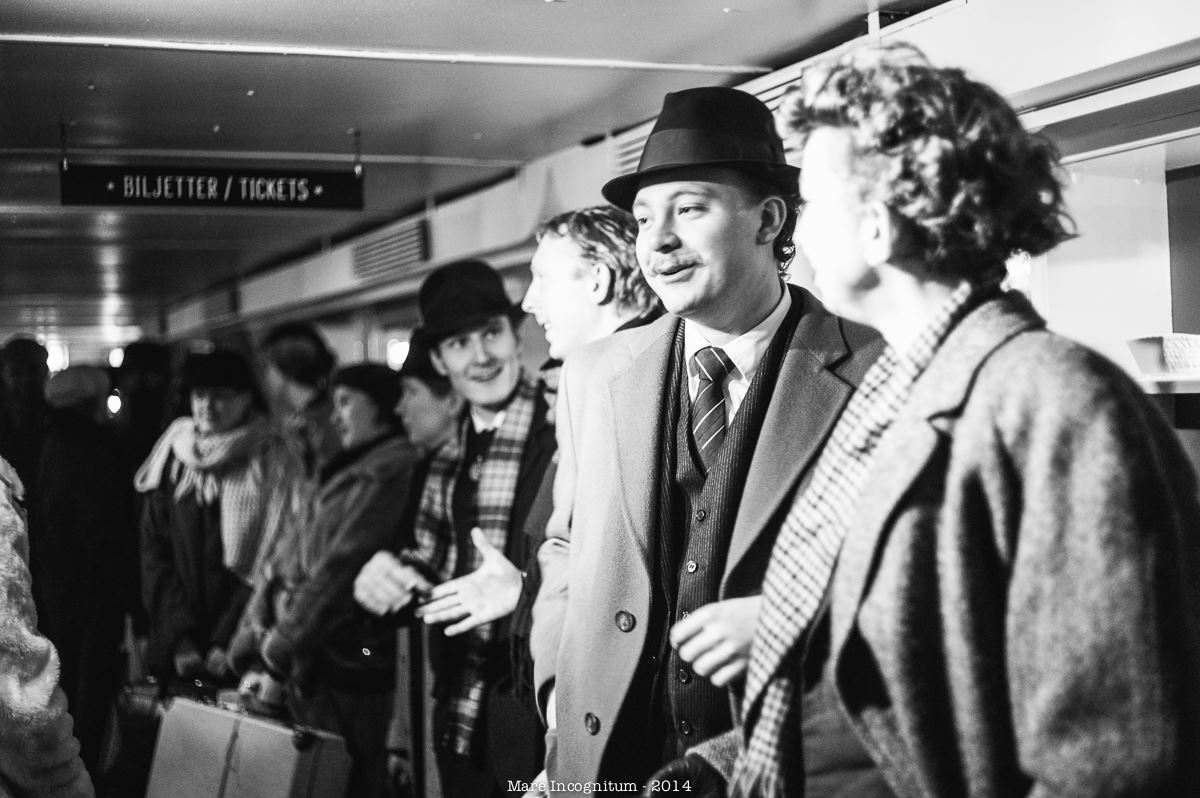
Photo Report: Mare Incognitum
Mare Incognitum was a Swedish Lovecraftian horror larp set on a ship (familiar to visitors to Monitor Celestra) in the 1950s. It was organized by Berättelsefrämjandet and had 78 players, spread over three runs, from Sweden, Norway, Denmark, Finland, Estonia, Spain, UK and the US. All three runs were held during the weekend of 28-30
-
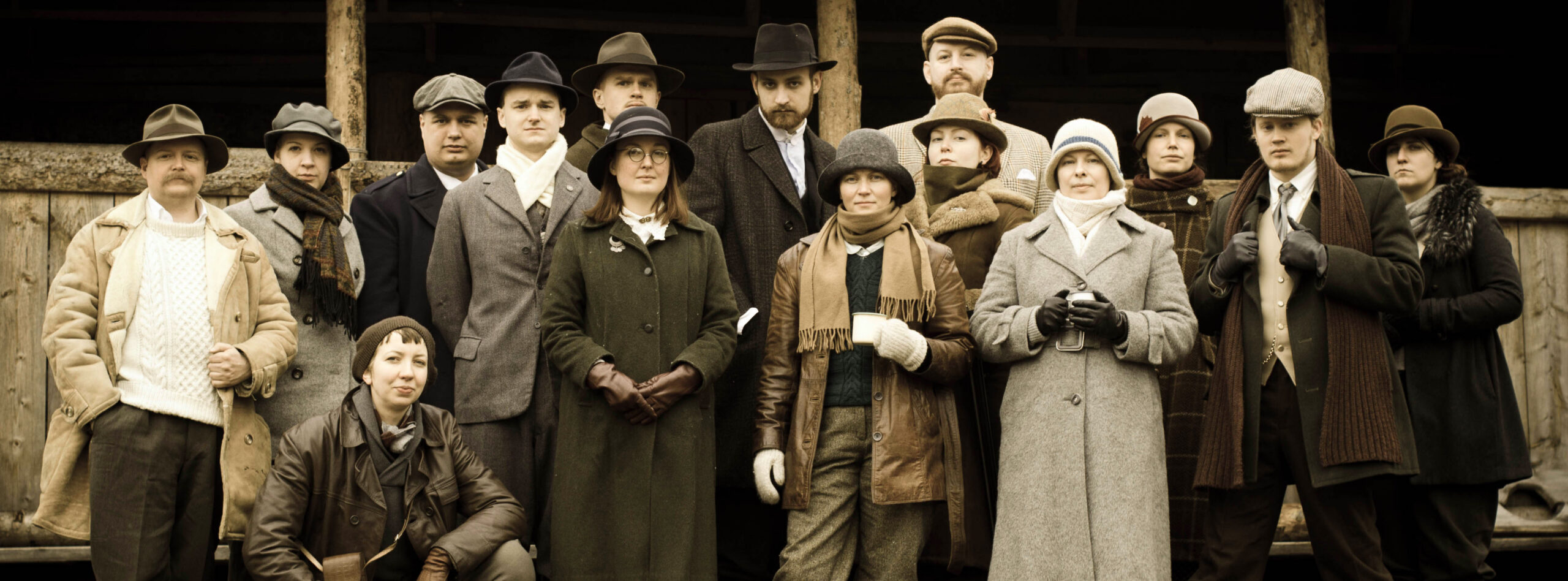
Report from H.P. Lovecraft Horror Larp Terra Incognita
Swedish larper Petter Karlsson has written a report from the HP Lovecraft themed horror larp Terra Incognita (Sweden, April 2013) Here is a short video report to complement the longer text report: Read the whole report here: http://petterkarlsson.se/2013/10/21/terra-incognita-a-swedish-1920s-lovecraft-larp/